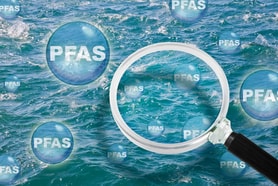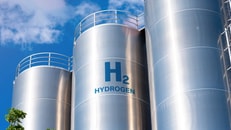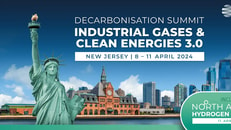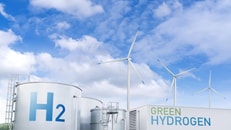US eases 45V hydrogen tax credit rules
The US Treasury’s much-awaited response on the implementation of 45 hydrogen tax credits sees greater timeline flexibility and provisions for nuclear operators.
Under the initial proposal, released in December 2023, producers would have had to match their clean hydrogen plant’s operations with renewable electricity production within the same hour from 2028. However, the hourly matching requirement has now been pushed back until 2030.
A new pathway has been added to allow for existing nuclear reactors, up to 200MW, as a viable electricity source for hydrogen producers, reflecting that certain nuclear reactors are at greater risk of retirement based on certain economic factors, and if nuclear retirement is averted then the additional demand from hydrogen production will not have induced emissions.
... to continue reading you must be subscribed




















